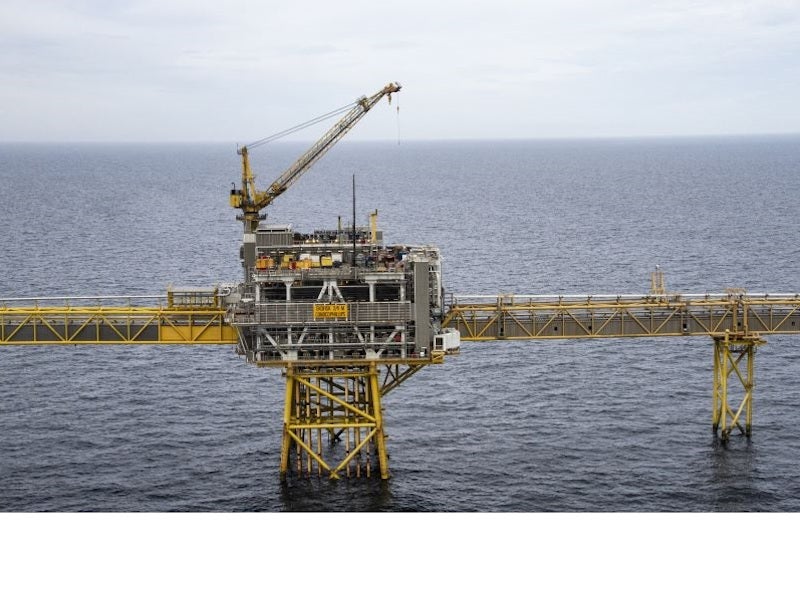The Tor II project involves the redevelopment of the Tor field in the Norwegian part of the North Sea that ceased production in 2015.
ConocoPhillips, the operator of the project, holds a 30.66% stake in the Tor Unit while the other partners include Total (48.2%), Var Energi (10.82%), Equinor (6.64%), and Petoro (3.69%).
It is believed only approximately one-fifth of the field’s total recoverable hydrocarbon resources were exploited during its 37 years of operation between 1978 and 2015.
The project partners submitted a redevelopment plan for the field to the Norwegian authorities in July 2019. The redevelopment plan was approved by the Norwegian Petroleum Directorate in November 2019.
The total investment in the Tor II project is estimated to be more than NOK 6bn (£512m). ConocoPhillips expects to restart production at the field in the fourth quarter of 2020.
Location and reservoir details
The Tor II project is located in blocks 2/4 and 2/5 in the Greater Ekofisk Area approximately 13km northeast of the Ekofisk field, in the southern North Sea, Norway. The water depth in the field area is approximately 80m.
Discovered in 1970, the Tor field’s reservoirs are comprised of the Tor Formation of the Late Cretaceous age and the Ekofisk Formation of the Early Paleocene age. The depth of the reservoir is approximately 3,200m.
The remaining recoverable reserves of the field are estimated to be up to 70 million barrels of oil equivalent, with oil accounting for approximately 80% of the reserves.
Tor II Project development plan
The Tor II project comprises two subsea templates with seven production wells in the Tor Formation as well as a pilot well in the Ekofisk Formation. The subsea production wells will be tied back to existing infrastructure in the Ekofisk complex.
The production at the field is planned to be carried out by natural pressure depletion. The well stream will be transported by pipelines to the Ekofisk 2/4 M wellhead and process platform at the Ekofisk complex. The Ekofisk 2/4 M platform was installed in 2005.
Earlier, the Tor field development had a single manned production platform, Tor 2/4 E, which transported well stream by pipeline to the Ekofisk complex.
The field ceased production when the platform’s lifetime expired in 2015. The Tor platform is located approximately 1km east of the Tor II project subsea production system.
Greater Ekofisk Area
The Greater Ekofisk Area is located approximately 300km southwest of Stavanger, Norway. The producing fields in the Greater Ekofisk Area include Ekofisk, Eldfisk, Tor, and Embla. The oil and gas outputs from the fields in the Greater Ekofisk Area are exported by pipelines to terminals in Teeside, United Kingdom, and Emden, Germany, respectively.
Contracts awarded
TechnipFMC was awarded an integrated engineering, procurement, construction, and installation (iEPCI) contract for a subsea production system for the Tor II development project in April 2019. The scope of the contract included the installation of umbilical, rigid flowlines, and associated subsea equipment.
Aibel was contracted to perform modifications to the Ekofisk M and J platforms to enable tie-in of the Tor II subsea production system. The scope of the contract included the implementation of greenfield systems, preparation for flowline pull-in, and the installation of new metering systems on the Ekofisk M and J platforms.
Earlier, Aibel also conducted the front-end engineering design (FEED) study for the project.





